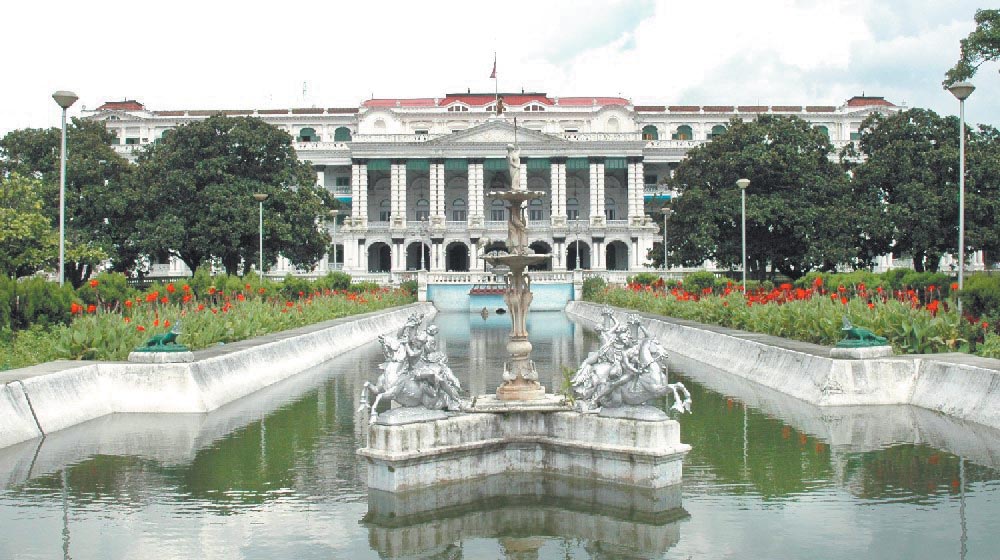Government revises LBRC mandate
Kathmandu, October 7
The government on Friday revised the mandate given to the Local Bodies Restructuring Commission earlier. As per the revised mandate, the commission can split or adjoin the existing ilakas (areas) while restructuring the local bodies.
According to Balananda Paudel, chairman of LBRC, the commission can restructure the local bodies by incorporating parts of one or more ilakas on the basis of geography and population. Similarly, the commission can propose an entire area of village or municipality, or some ward or wards, as special or autonomous area.
The government had recently revised the mandate and asked the expert panel to include ilakas as reference while restructuring local bodies. Apart from geography, population, social structure and economic viability, the government had asked the commission to include ilaka as a reference.
The commission had expressed dissatisfaction with the change in the mandate at a time when it was preparing to submit its report.
Chairman Paudel, however, said the revised mandate had eased the task of the commission, but that it was not possible for the commission to meet the deadline set by the government for submitting its report. The government wanted the report by mid-November but the commission is unlikely to accomplish its task by then, as it has to rework on the assigned job.
Paudel said the commission had to revise everything it did earlier, as per the new mandate and secondary data is needed for that. “We have demanded secondary data from the government, which is vital to revise the structures of local bodies, as per the new mandate given to us,” added Chairman Paudel.
He said the commission has reminded the government about its request today as well.
According to Chairman Paudel it could take years if the LBRC itself had to collect raw data of the ilakas. “Hundreds of staff members are needed to collect first hand information,” said Poudel. He said the change in mandate at the eleventh hour meant that the commission would have to start its work from scratch.
There were 927 ilakas in the past. There were three to four VDCs in one ilaka. But with the expansion of municipalities and sub-metropolitan cities, the number of ilakas has been reduced.
Earlier, the government consulted the major parties — Nepali Congress, CPN-UML, and CPN-Maoist Centre — and decided to restructure the local bodies, keeping in mind the existing ilakas.
LBRC had earlier decided to create 567 local bodies, but Madhesi forces opposed restructuring of the local bodies before the revision of provincial boundaries.
Meanwhile, Chairman Paudel also expressed dissatisfaction with the transfer of local development officers, saying it would seriously hamper the commission’s work.






